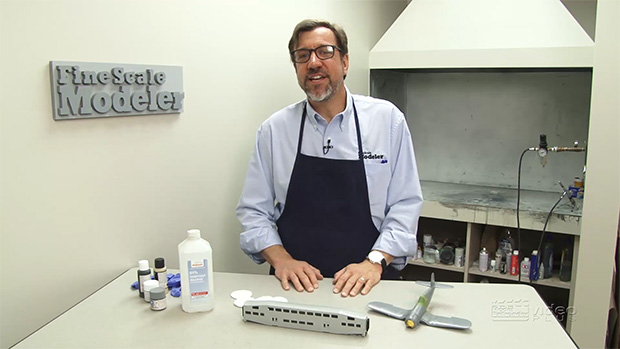How-to Library: Airbrushing with Aaron – Episode 4, Basic Painting
| Last updated on January 11, 2021

Action may be required on your Trains.com account in order to continue accessing content. Click here to learn more.
| Last updated on January 11, 2021

Members enjoy 15% off any purchase in our store. Join Today!
Model Railroader 2026 Calendar
Don't miss Model Railroader’s all-new 2026 calendar, featuring Rod Stewart's spectacular layout!